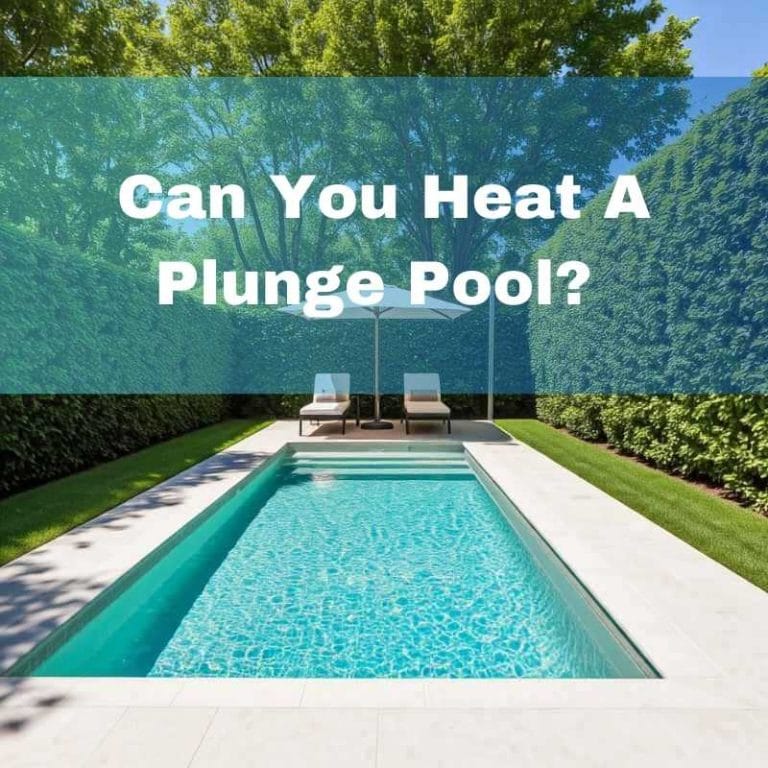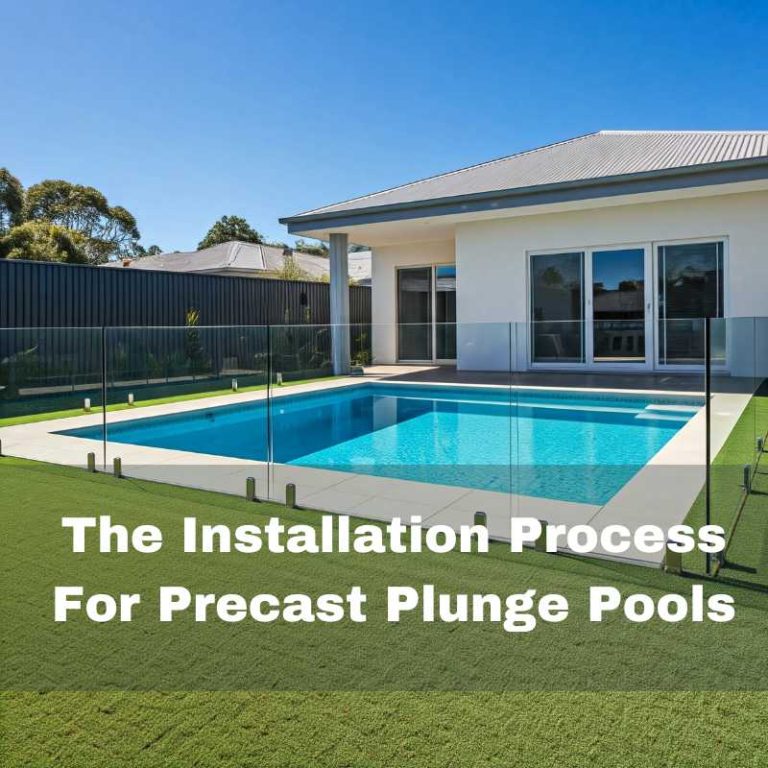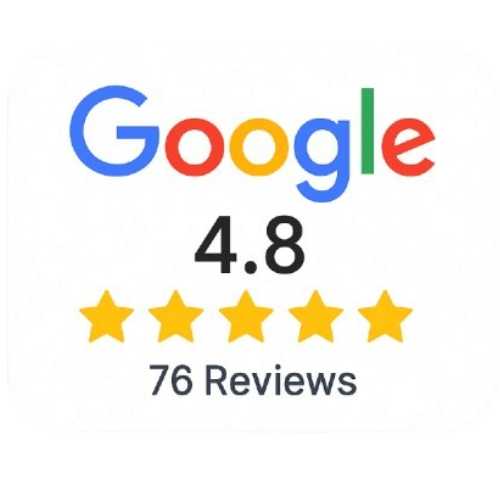At Plunge Pools Melbourne, we’ve helped countless locals create sleek, space-saving plunge pools with custom features that fit Melbourne homeowners’ lifestyles and budgets.
In this guide, we’ll unpack the financial, lifestyle, and eco-friendly benefits of plunge pools — so you can decide if it’s the right move for your backyard.
Still Deciding If a Plunge Pool Is Right for You?
We’ve helped hundreds of Melbourne homeowners explore the pros and cons — and we’re happy to share advice based on your space and goals.
Ask Us Anything About Plunge Pools ➔Table of Contents
ToggleWhat Exactly is a Plunge Pool?
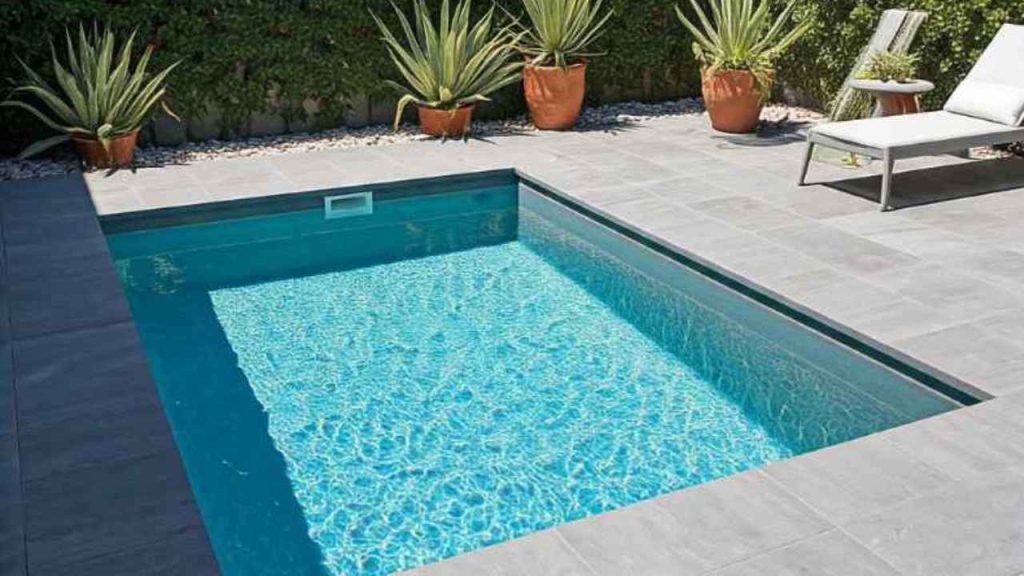
A plunge pool is a small pool designed for relaxation, cooling off, and light exercise. Since plunge pools are smaller than traditional swimming pools, they typically measure 4 to 7 metres long and 2 to 3 metres wide.
These pools fit perfectly in small backyards and urban settings. Their compact size makes them easier to install and maintain, while still offering a relaxing space for swimming and unwinding.
Key Uses of Plunge Pools
- Relaxation and Therapy: Plunge pools provide a calm space to unwind and enjoy a soothing soak.
- Light Exercise: Swim jets or water resistance make them suitable for low-impact workouts.
- Visual Appeal: A plunge pool adds elegance and serves as a focal point in your backyard.
Customisation Options
Plunge pools come in various styles to match your preferences and outdoor space. Choose from materials such as concrete, fiberglass, or vinyl. Add features like temperature control, water jets, or LED lighting to improve functionality and enhance the experience. Designs range from sleek, modern layouts to natural, rustic setups.
For example, Matt from Alphington chose a concrete plunge pool with custom LED lighting and a swim jet for evening workouts — a perfect match for his narrow backyard layout.
Design Your Ideal Plunge Pool With Our Help
We’ll guide you from layout inspiration to expert installation — just like we did for other Melbourne homeowners.
Start With a Free Quote ➔Plunge Pool Alternatives: What Are Your Other Options?
Plunge Pools vs. Full-Sized Pools
Quick Comparison Table
| Feature | Plunge Pools | Full-Sized Pools |
|---|---|---|
| Cost | Lower installation and maintenance costs | Higher upfront and ongoing costs |
| Space | Fits small or compact backyards | Requires large backyard space |
| Maintenance | Uses less water and fewer chemicals; easier to clean | More intensive cleaning and chemical balancing needed |
- Cost: Plunge pools are cheaper to install and maintain.
- Space: They fit well in small backyards, unlike larger pools.
- Maintenance: Plunge pools use less water, requiring fewer chemicals and easier to clean.
Plunge Pools vs. Swim Spas
Quick Comparison Table
| Feature | Plunge Pools | Swim Spas |
|---|---|---|
| Therapeutic Value | Offers hydrotherapy benefits | Stronger jets for intense hydrotherapy and exercise |
| Space Requirements | Compact; ideal for smaller spaces | Requires more space, not ideal for small backyards |
| Energy Costs | Lower energy consumption; efficient heating | Higher energy use due to continuous jet systems and heating |
- Therapeutic Value: Both offer hydrotherapy, but swim spas have stronger jets for exercise.
- Space Requirements: Swim spas need more room and may not suit small backyards.
- Energy Costs: Plunge pools consume less energy, making them more efficient.
Plunge Pools vs. Hot Tubs
Quick Comparison Table
| Feature | Plunge Pools | Hot Tubs |
|---|---|---|
| Comfort | Can be heated or cooled for year-round use | Constant hot temperature; ideal for winter |
| Cost | Lower running costs (especially for cooling or eco-heating) | Higher running costs due to constant heating |
| Space Requirements | Compact; fits neatly into smaller backyards | Requires small space too, but more focused on seating |
| Maintenance | Uses less energy when heating or cooling | Regular heating means more electricity usage |
| Exercise Capability | Suitable for light exercise and hydrotherapy | Limited exercise use; mainly for relaxation |
- Comfort: Hot tubs provide consistent heated water, while plunge pools can switch between hot and cold.
- Cost: Hot tubs often have higher running costs due to constant heating.
In-Ground vs. Above-Ground Plunge Pools
- Installation: Above-ground pools are quicker to install.
- Durability: In-ground pools are more permanent and sturdy.
- Aesthetics: In-ground options blend naturally into landscaping for a polished look.
Benefits of Owning a Plunge Pool
Discover how compact plunge pools designed for Melbourne’s smaller lots deliver hydrotherapy benefits, energy efficiency, and backyard luxury.
1. Compact and Space-Efficient Design
Plunge pools are ideal for Melbourne homeowners with small backyards. Their compact size fits into tight spaces while leaving room for landscaping or other outdoor features.
2. Wellness Perks
- Hydrotherapy: Water resistance eases muscle tension and improves joint flexibility.
- Stress Relief: Daily hydrotherapy sessions in a heated plunge pool help lower anxiety and promote deeper sleep.
- Better Sleep: Regular use before bed relaxes the body and promotes restful sleep.
3. Low-Impact Exercise Options
Plunge pools are perfect for gentle exercises like water aerobics or resistance training. Adding swim jets allows for simulated lap swimming, even in small spaces.
4. Aesthetic Appeal
A plunge pool surrounded by timber decking, vertical gardens, and ambient LED lighting can transform even small Melbourne courtyards into luxurious retreats.
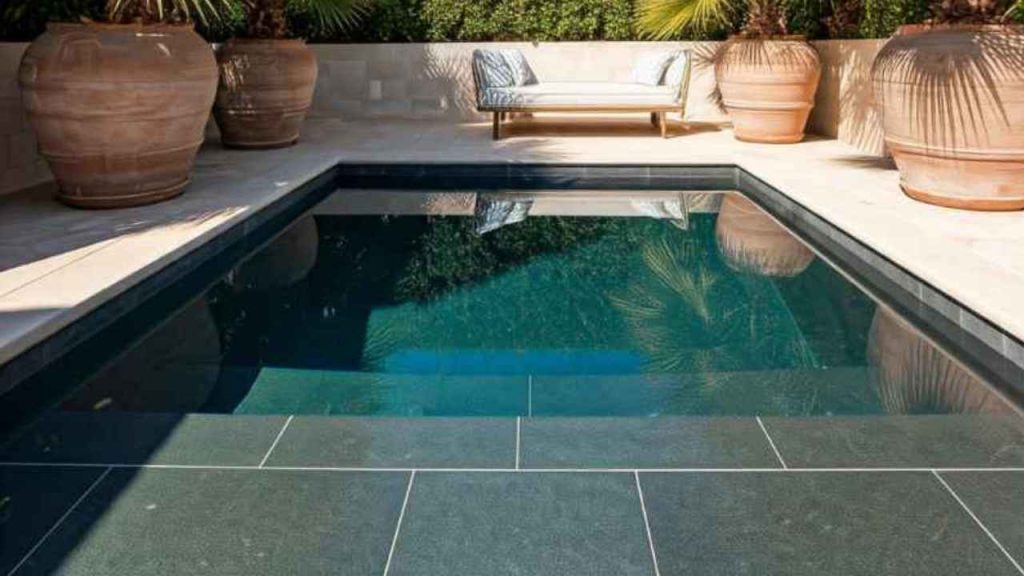
Financial Return on Investment (ROI)
Short-Term Costs vs. Long-Term Savings
- Installation and Materials: Smaller size reduces upfront costs compared to traditional full-sized swimming pools.
- Maintenance: Requires less water, fewer chemicals, and lower filtration costs.
- Energy Efficiency: Smaller pools heat quickly and efficiently, especially with solar heating or insulated covers.
Property Value Impact
- Buyer Appeal: Plunge pools attract potential buyers who value outdoor living and wellness.
- Resale Value: Well-maintained pools increase home value, especially in Melbourne suburbs. According to HouseLogic, a pool can increase a home’s value by up to 7%, depending on factors like climate, buyer preferences, and the type of pool installed.
- Faster Sales: Homes with plunge pools sell more quickly and at competitive prices.
Real Homeowner Story:
After installing a $35,000 plunge pool in their Fitzroy backyard, the Smith family saw their property value increase by an estimated $60,000 within 6 months, according to a local real estate agent. They also sold their home 3 weeks faster than the suburb average.
Thinking About Adding a Plunge Pool to Boost Home Value?
We’ve helped Melbourne homeowners transform their backyards — and their resale value. Let’s talk about what’s possible for your property.
Request Your Free Site Assessment Today ➔Cost of Ownership Breakdown
1. Initial Installation Costs
- In-Ground Plunge Pools: These are more expensive due to excavation and permanent structures but blend seamlessly with landscaping.
- Above-Ground Plunge Pools: They cost less and are faster to install. However, additional landscaping may be needed for visual appeal.
Comparisons of Inground and above ground pools
| Feature | In-Ground Plunge Pools | Above-Ground Plunge Pools |
|---|---|---|
| Cost | Higher (due to excavation and structure work) | Lower (minimal groundwork needed) |
| Installation Time | Longer (weeks) | Shorter (days to a week) |
| Durability | More durable, long-lasting | May require additional structural support over time |
| Aesthetics | Seamless, blends naturally with landscaping | May require extra landscaping for visual appeal |
| Flexibility | Permanent placement | Easier to relocate or adjust if needed |
| Property Value Impact | Higher (seen as a permanent improvement) | Moderate (can vary based on design quality) |
2. Maintenance Expenses
- Water Treatment: Smaller pools require fewer chemicals, reducing costs. According to SPASA Australia, plunge pools typically require about 40% fewer chemicals annually compared to full-sized swimming pools, making them a more cost-efficient choice for homeowners.
- Cleaning: Compact size makes cleaning quicker and easier.
- Filtration Systems: Smaller, energy-efficient units lower electricity usage.
3. Energy Consumption
- Heating: Solar systems or heat pumps warm plunge pools efficiently.
- Lighting: Energy-saving LED lights provide cost-effective nighttime illumination.
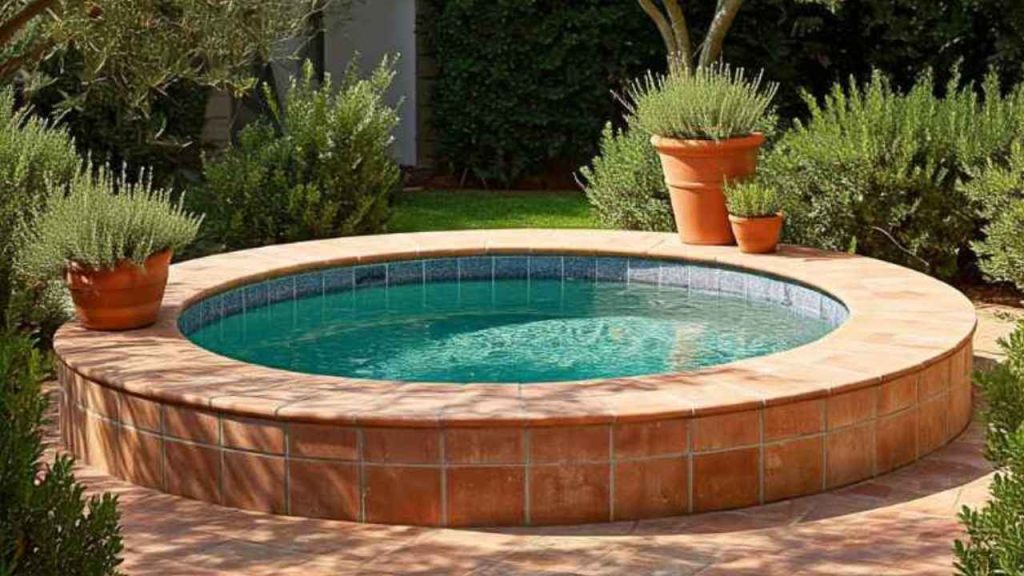
Questions to Ask Before Investing
1. Do You Have the Space?
Measure your backyard to ensure a plunge pool will fit comfortably.
For instance, Nathan initially thought their backyard was too small — but a custom L-shaped design, made the most of their space.
2. What’s Your Primary Purpose?
Decide if the pool will be used for relaxation, exercise, aesthetics, or adding property value.
3. What’s Your Budget for Installation and Maintenance?
Consider initial costs, heating, and regular upkeep to stay within budget.
4. Will You Use It Year-Round?
If yes, add heating and a cover to ensure usability during cooler months. Explore also the best ways how to heat your plunge pool effectively.
5. Are You Prepared to Comply with Local Regulations?
As outlined by the Victorian Building Authority (VBA), any pool or spa capable of holding more than 30 cm of water must have a compliant safety barrier to meet state regulations.
Conclusion
Investing in a plunge pool offers Melbourne homeowners an affordable way to enjoy solar-heated pools, compact design efficiency, and customised outdoor living features.
At Plunge Pools Melbourne, we specialise in creating pools that suit your lifestyle. From eco-friendly designs to advanced custom features, we’re here to help you design your dream plunge pool. Contact us today for a free consultation.
Want to learn more about who we are? Visit our About Us page to discover our experience, values, and commitment to delivering quality craftsmanship for Melbourne homeowners.
Note: This article reflects our experience and perspective at Plunge Pools Melbourne. Individual results and preferences may vary.
Ready to Build Your Dream Plunge Pool?
Contact us today for a free consultation and make your backyard the ultimate retreat.
Book Your Free Consultation ➔Frequently Asked Questions
1. Can plunge pools be used year-round in Melbourne’s climate?
Yes, plunge pools work well throughout the year. In summer, they provide a refreshing escape from the heat. In winter, heating options like solar panels or heat pumps ensure warm water. Insulated covers help maintain heat and reduce costs, making plunge pools versatile and practical for Melbourne homeowners.
2. What are the disadvantages of a plunge pool?
Plunge pools have some limitations. They are small, which means limited space for swimming laps or accommodating larger groups. Installation costs, particularly for in-ground models, can be significant. Maintenance, though minimal compared to traditional pools, still requires regular attention to filtration and water quality.
3. How do plunge pools compare to swim spas for exercise and relaxation?
Swim spas use strong jets for resistance training, making them better for high-intensity workouts. Plunge pools are ideal for light exercise, hydrotherapy, and relaxation. They are more energy-efficient and affordable, fitting better into compact spaces, making them the preferred option for many Melbourne homeowners.
4. What is the average depth of a plunge pool, and does it affect usability?
Plunge pools are typically 1.2 to 1.8 metres deep, offering enough water for relaxation and low-impact exercises. Shallower pools are ideal for families with children, while deeper options suit more varied uses. The depth balances safety, usability, and affordability for Melbourne homes.
5. Are there eco-friendly heating options for plunge pools?
Eco-friendly heating options include solar panels and energy-efficient heat pumps. These systems use renewable energy or minimal electricity to maintain water temperatures. Insulated covers further reduce heat loss, making plunge pools an environmentally conscious and cost-effective choice for year-round enjoyment.



